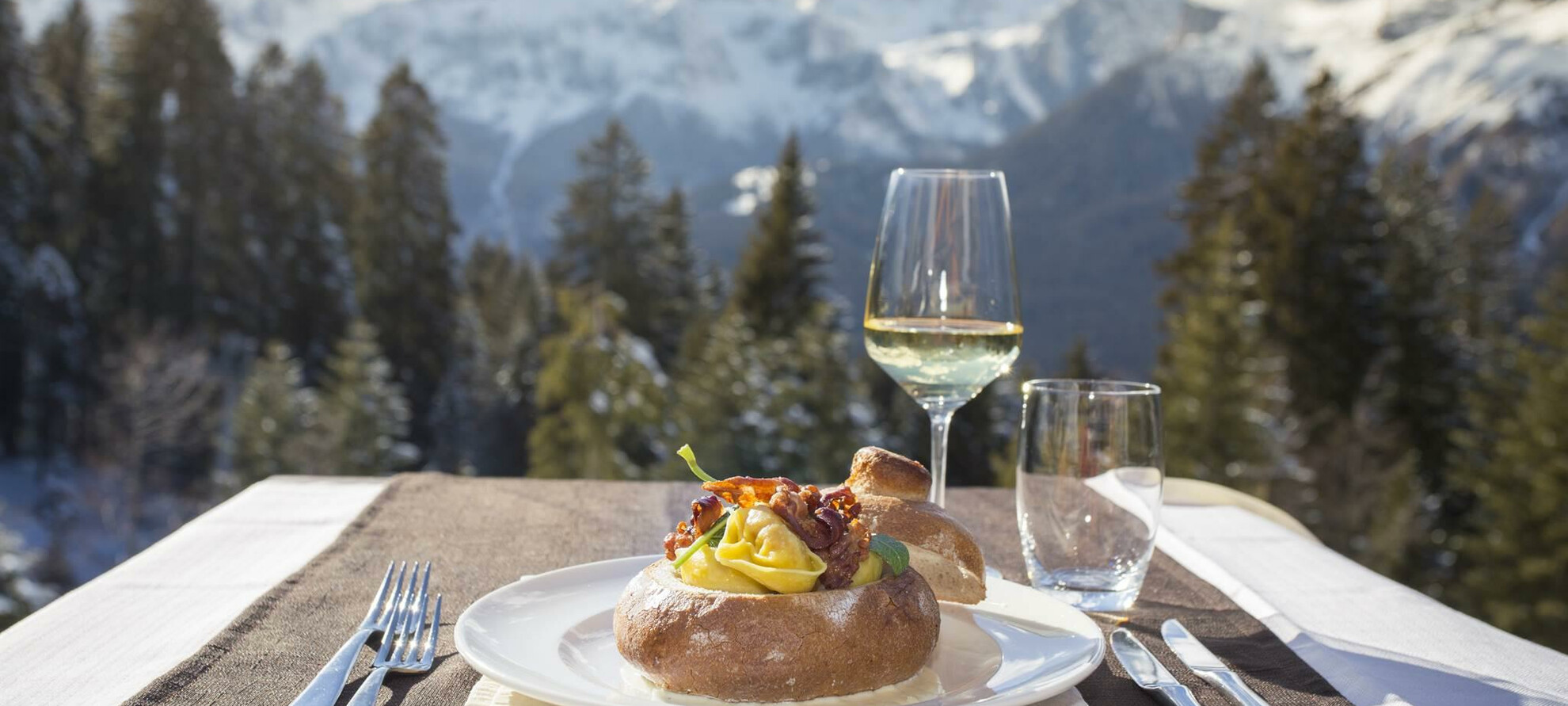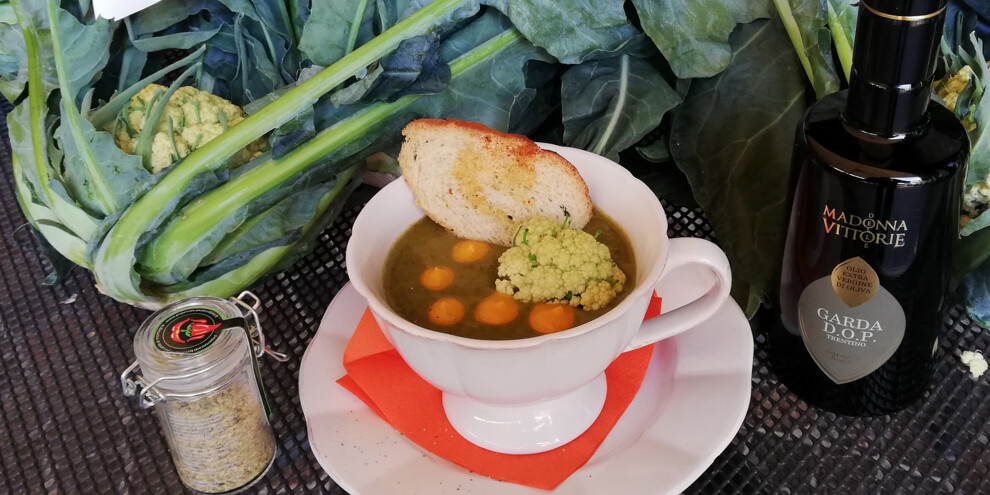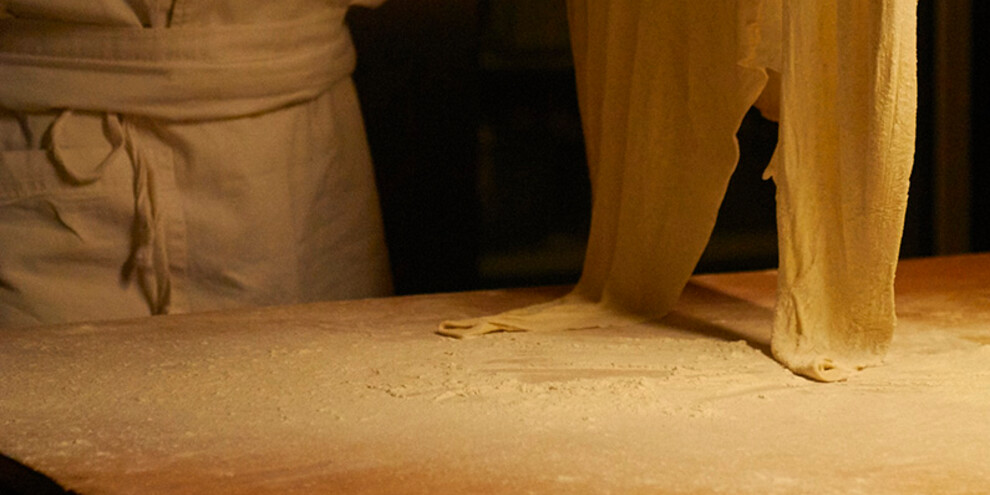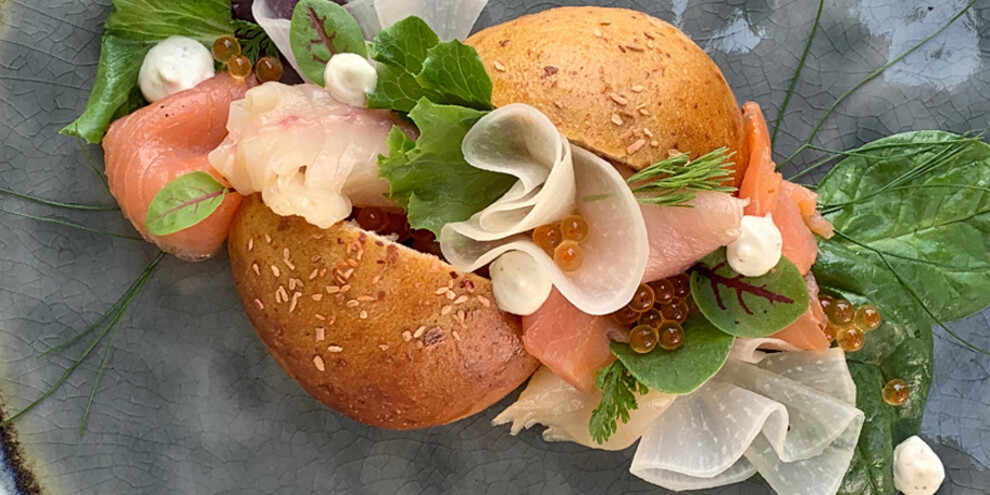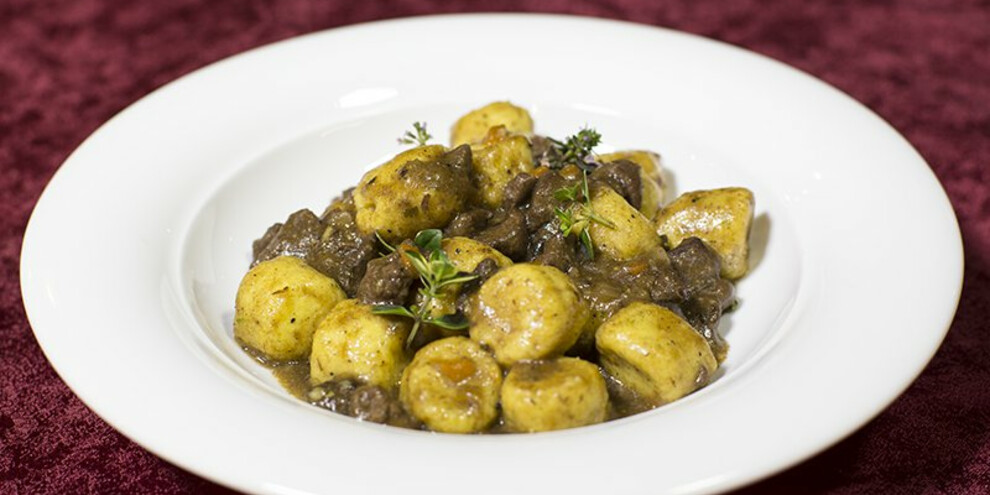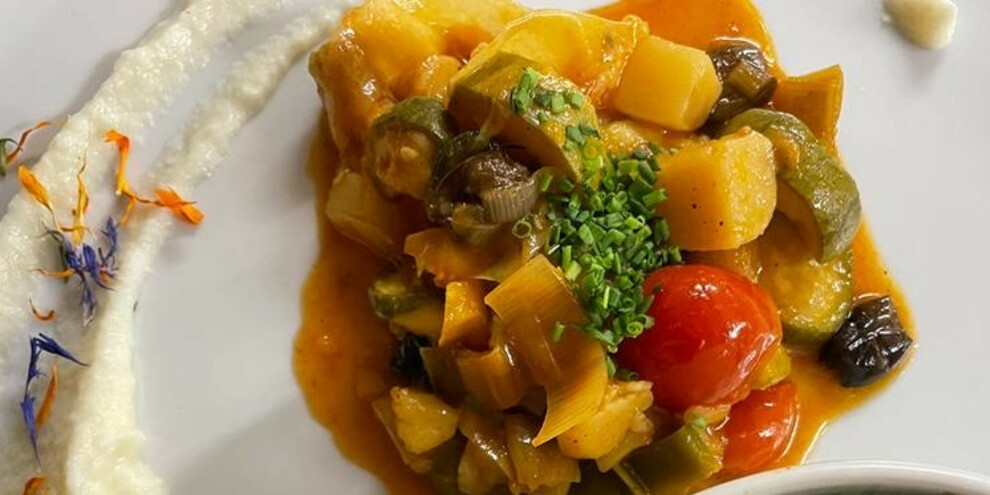Award-winning Trentino Taverns
The Slow Food Snails of Trentino in mountains and valleys
Guests must always be honoured. Especially when they arrive tired, hungry or from afar. And if they catch you by surprise, you have the opportunity to show off with imagination, respect and lots of good humour.
Hospitality in Trentino is a story of survival even more than of conquest. An eternal crossroads, from mountain to valley, we have plenty of locations for shelter and refreshment, regardless of altitudes, roads or climates. This also means that we leverage our network of human contacts and the raw materials available in Trentino.
The Trentino Taverns, therefore, are landing places that, depending on their natural setting, can be farmsteads, huts, inns or converted huts.
The 2022 Guide of Italian Taverns awarded 8 Trentino hospitality facilities with its Snails, two more than the 2020 edition. Do you want to know them?
